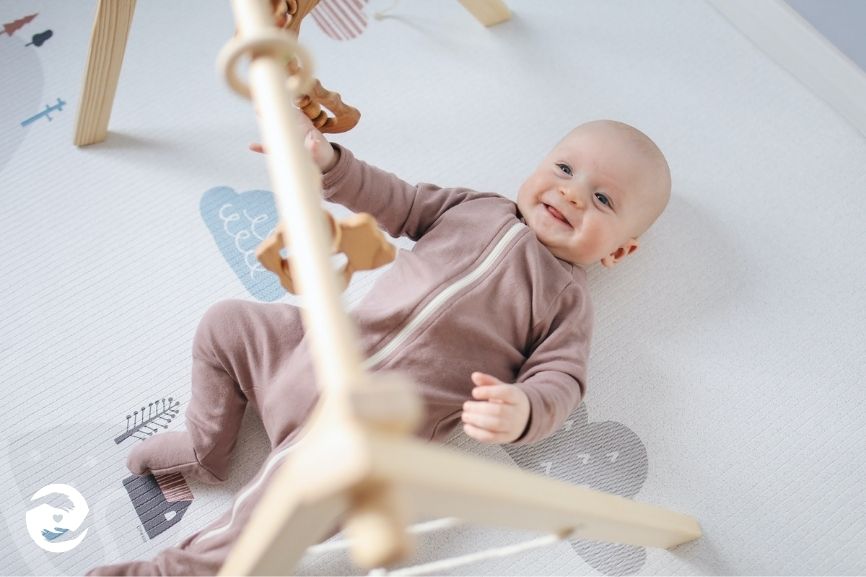How to Create a Birth Plan
How to Create a Birth Plan

What is a birth plan?
A birth plan is just what it sounds like — a written plan that communicates your wishes and goals for before, during and after labour and delivery. In it, parents-to-be can offer up their best-case birthing scenario: how they’d ideally like labour and delivery to play out if all goes according to “plan.”
Why do women have birth plans?
Many women choose to have a written birth plan so they can be sure every detail goes as close as possible to how they’d planned. Some are concerned about how childbirth is supposed to go and want to make sure that happens.
Whatever your reason for wanting a birth plan, you’re certainly not alone.
Having a birth plan can be beneficial for both you and your partner. Make sure that your partner knows exactly what you want before the big day arrives. The more information given, the better. It’s good for both of you to know what your wishes and goals are. If you are in need of some ideas about how to approach this subject, speak with your midwife.
What information should a birth plan include?
Birth plans can be as detailed or as general as you’d like them to be. Most commonly, they track your preferences during labour and delivery, but they can also include details about your postpartum care.
Below are several examples of statements you might include in a birth plan:
Where to give birth: What location would you prefer to give birth? This can be at home, in a midwifery unit, in a maternity team unit in hospital, not sure yet etc.
Companions: Who would you like to be present during your birth. This can include your birthing partner, husband, wife, children etc.
Assisted Delivery: Would you like your companions present during this method of delivery?
Caesarean Section: Would you like your companions present during this method of delivery?
Birthing Equipment: You may find certain equipment will help you during labour. You should try and specify which equipment you would like to try. For example, mats, beanbags, birthing balls etc.
Special Facilities: Some hospitals have special facilities that you may plan on using during your labour. Try and specify whether you plan on using them or not. For example, LDRP room, birthing pools etc.
Posture: How you would prefer to sit up during labour and delivery. Do you want an epidural? What side do you want your partner to position your body on? How much do you want to move around throughout labour?
Positioning: Do you want to stay on one side throughout labour? This is important for those who may need a C-section.
Skin-to-skin Contact: After the birth, you can have your baby lifted straight onto you before the cord is cut so that you can be close to each other immediately. If you prefer, you can ask the midwife to wipe your baby and wrap him or her in a blanket first.
Pain Relief Options: Planning what pain relief options you would like to use (if any) is important so that the maternity hospital staff know. Some women use a combination of methods. You may find that you want more pain relief than you had planned, or that more effective pain relief may be advised to assist with delivery. You can use several different methods at different times. Having a plan in the first place is helpful. Please note: Your plan can change during labour. You may go into labour planning for a natural birth and then request any pain relief from your midwife. You will not be denied this based on your original plan.
Feeding Your Baby: Breast milk is the best form of nutrition for babies as it provides all the nutrients a baby needs and has lasting benefits for the health of your child. Infant formula milk can be used as an alternative to breast milk. Including your preference will help the staff to plan. Remember, the method which you choose will always be supported by hospital staff.







